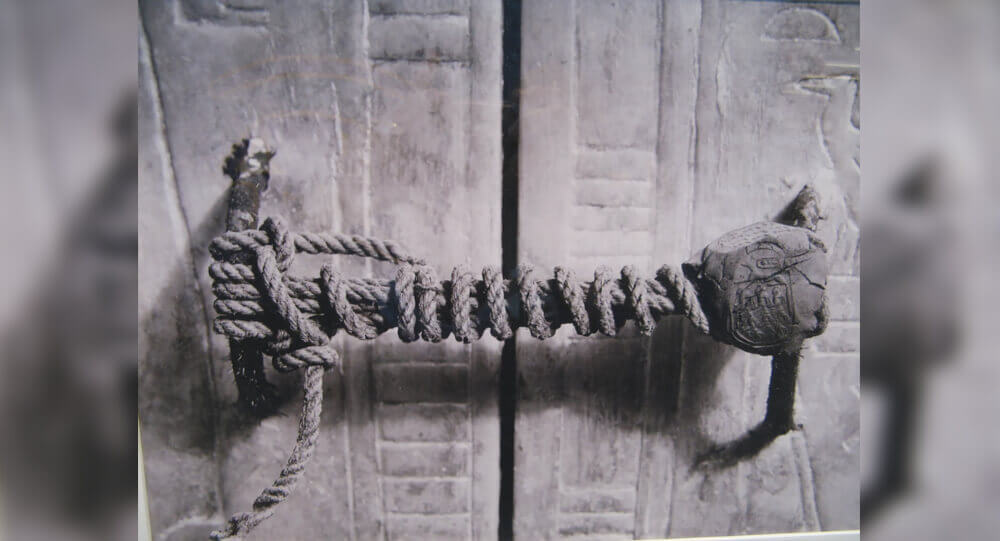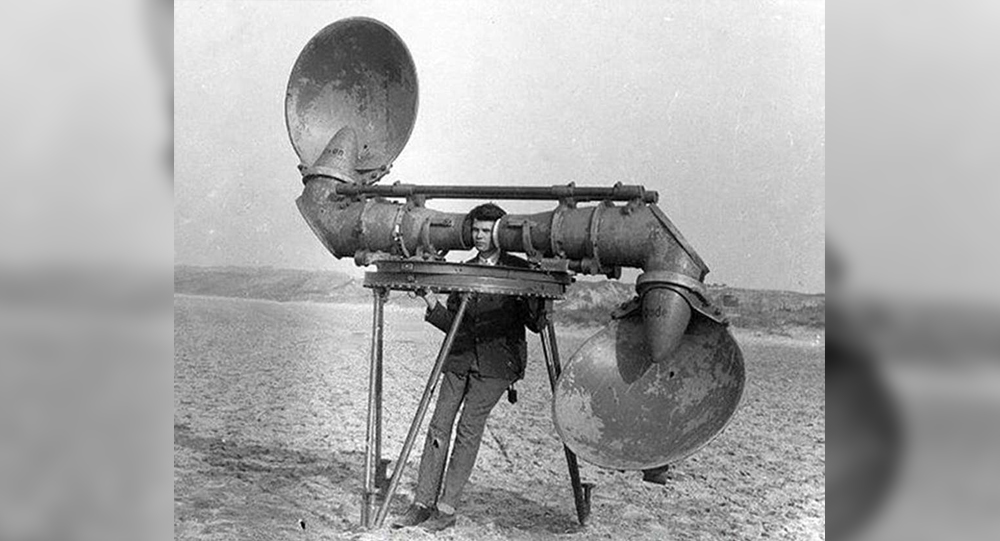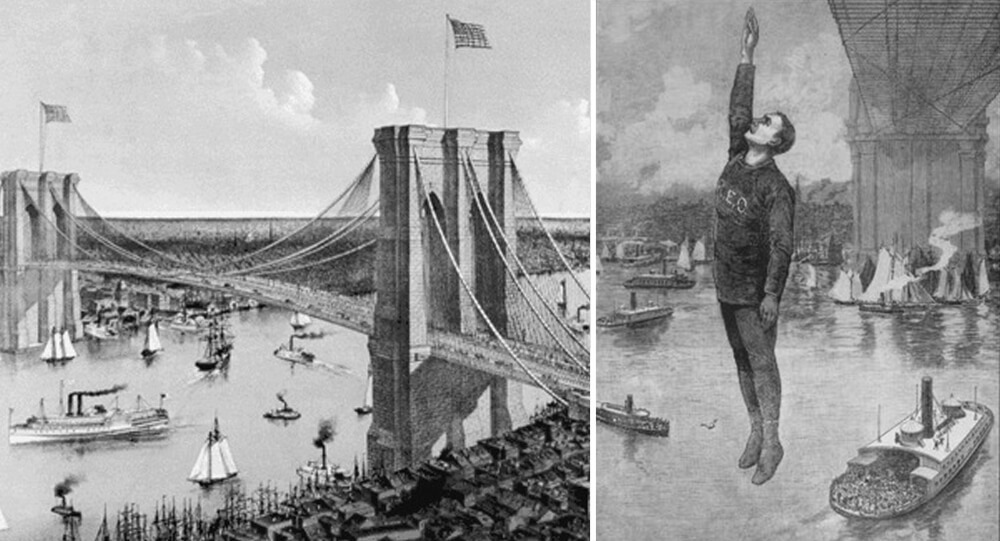
Kathrine Switzer was attacked by a race official 1.5 miles into her first Boston Marathon. Women didn’t compete in marathons in 1967. At least not formally.
Running up behind Switzer, the race official yelled and grabbed her sweatshirt. He was making an attempt to remove her race number-adorned bib.
“The race director attacked me simply because I was a woman and because I was wearing a bib number,” Switzer told Humankind. “He was angry because he was an overworked race director, and frankly, he was a product of his time.”
Switzer attended Syracuse University as a student. She had been jogging since elementary school, but there were no women’s sports at her institution.
Switzer recalls, “I went and asked the track coach if I could run on the men’s track team.” He responded, “No, I don’t believe so. Switzer accepted the invitation to train with the squad, saying, “That’s against NCAA rules, but we’d welcome you to come work out with us.”
Arnie Briggs, a volunteer coach, was 50 years old. He was a former marathon runner as well as Syracuse’s mailman. He took me under his wing and gave me daily advice on how to run farther and not stress about running quickly, according to Switzer.
Briggs talked to them about running the Boston Marathon as they were moving along.
He responded, “No woman can run a marathon!” when Switzer told him she planned to participate as well.

Even though she was stunned, Switzer persisted. She was promised by Briggs that he would be the first to take her to Boston if she could demonstrate to him in training that she could complete the 26.2 miles. Switzer eventually far outran the 26.2 miles in practice, thus the wager was accepted.
No woman had ever officially registered for or participated in the Boston Marathon before 1967. Switzer examined the marathon’s regulations. She registered as KV Switzer with no regard for gender.
For a very long time, Switzer recalls, “I’ve been signing my name with my initials.” “My loving father misspelled my name on my birth certificate. I signed my name that way since I wasn’t trying to deceive them.
Switzer lined up with hundreds of other guys at the 1967 Boston Marathon’s starting line while donning bib #261 and a coat of lipstick. Soon after the starting pistol had fired, Jock Semple, the race official, pursued her.
This brief incident changed the course of women’s running forever. Switzer was inspired by the incident and started advocating for women’s sports equality.
Women were finally permitted entry to the Boston Marathon five years after her encounter with Semple. On that momentous day, Switzer was at the starting line.
She continued to run marathons, winning the 1974 New York City Marathon. In 1975, she ran her personal best and came in second in Boston (2:51:37). After that, she established the Avon International Running Circuit, a series of 27 races for women only. Over a million women have participated since 1978.
The International Olympic Committee decided to incorporate a women’s marathon for the first time in the 1984 Olympic Games thanks in large part, according to Switzer, to the momentum women’s running gained due to her efforts.
According to Switzer, “sometimes the worst things in your life might turn out to be the best.”
One of the most astonishing social revolutions for women was brought about by old Jock Semple, who no one could have ever dreamed could have done it.
The Boston Athletic Association formally retired Switzer’s bib number 261 in 2017, but not before the number had a life of its own. With the goal of inspiring women to connect and take charge of their lives through running, Switzer founded the international non-profit organization 261 Fearless.
Switzer’s decision to participate in the 2017 Boston Marathon coincided with the retirement of her historic bib number.
When I turned 70 and it was the 50th anniversary of my 1967 marathon, Switzer remarked, “I found myself approaching those milestones with the belief that I could run it again.”
Only 20 minutes later than when she was 20 years old, she completed the task.
Switzer added, “I crossed the finish line with the feeling that we have altered history. “In fifty years we have gone from one woman wearing a bib to twelve thousand women wearing a bib here on the streets of Boston.”
“I felt like I had successfully carried a torch to the millions of women who have had their lives changed by running throughout the world,” the runner said.

15 interesting facts about Queen Elizabeth II
Queen Elizabeth II, who ruled Britain for 70 years, has away at the age of 96. She was the country's longest-reigning monarch. Here are some little-known facts about her.

Why the Brooklyn Bridge Was Once Crossed by 17 Camels and 21 Elephants
On May 30, 1883, a rumor that the Brooklyn Bridge was going to collapse caused a stampede, which killed at least at twleve people. To prove the bridge was safe, P.T. Barnum led a parade of 21 elephants over it.

Charlie Brown and Franz Stigler incident: Enemy became friends
During WWII, a German pilot spotted an American pilot’s crippled plane in the sky. Tailing it, he noticed that gunner was dead, crew injured, and they posed no threat. Instead of destroying the plane, he led it to safety. 40 years later, the two pilots reunited.

Shizo Kanakuri’s 1912 Olympic Marathon Finished 54 Years
At the 1912 Olympics, a marathon runner quit and went home to Japan without telling officials and was considered a missing person in Sweden for 50 years. In 1966, he was invited to complete the marathon. His time: 54 years, 8 months, 6 days, 5 hours, 32 minutes, and 20.379 seconds.

story of the youngest mother in the world at age of five - Lina Medina
Lina Medina, a five-year-old Peruvian girl, became the youngest mother in history in 1939 when she gave birth to a boy.

Graves holding hands over wall, A Catholic woman and her Protestant husband grave
A protestant man and a Catholic woman who weren't allowed from being buried together in a graveyard in 19th-century Holland turned their graves into a monument showing them holding hands across the wall separating them.

The World’s First Seismograph: How Ancient China Detected Earthquakes 1,800 Years Ago
Over 1,800 years ago, long before modern technology, the ancient Chinese astronomer and inventor Zhang Heng created the world’s first seismograph in 132 AD. This ingenious bronze device could detect distant earthquakes by releasing small balls from dragons’ mouths into toads’ mouths—each indicating a different compass direction. Its historic detection of an earthquake 400 miles away astonished the imperial court and transformed the way societies understood and responded to seismic events.

The unbroken seal on King Tutankhamun's tomb until 1922
The unbroken seal of Tutankhamun's tomb before it was opened in 1923, it was unbroken for over 3000 years.

1972 Andes Plane Crash Survivor recall the terrifying Struggles to Stay Alive
On October 13, 1972, a plane carrying a rugby team from Uruguay crashed in the Andes between Chile and Argentina. The survivors were in brutal conditions - high altitude, bitter cold, and the lack of food—and faced the most terrible choice—eating the frozen flesh of their dead friends or starving to death themselves.

The touching story of David Vetter (bubble boy), the 'boy who lived in a bubble
David Vetter lived his whole 12 years in sterile “bubble”. He was “outside” for 20 second after being removed from his mother’s womb. He never touched any human.

Why was the Eiffel Tower almost demolished
The Eiffel Tower was intended to be a temporary structure for the World's Fair in 1889, but it was nearly dismantled and sold for scrap metal. It was saved because of its potential use as a radio antenna, and it now serves as a tourist attraction as well as a working broadcast tower.

Vince Coleman, a railway dispatcher, sacrificed his own life
Vince Coleman, a railway dispatcher, sacrificed his life in order to warn an incoming train of an imminent explosion. His telegraph said “Hold up the train. Ammunition ship afire in harbor making for Pier 6 and will explode. Guess this will be my last message. Good-bye, boys.” He saved 300 lives.

The 1976 April Fools' Pranks, Planetary Alignment
On April fool's Day, 1976, the BBC convinced many listeners that a special alignment of the planets would temporarily decrease gravity on Earth. Phone lines were flooded with callers who claimed they felt the effects.

Man's Blood Helped Save Millions of Babies
Australian blood donor James Harrison has been one of our most impressive and valued donors, having donated for 60 years. Know his story, how he was a pioneer of our Anti-D program, and why this matters.

Iranian inmate dies from happiness after finding out he will not be executed
An Iranian man who was convicted of murder reportedly died from happiness after learning that his death sentence was being commuted.

What is the story behind Wrigley chewing gum?
Wrigley's was originally a soap company that gifted baking powder with their soap. The baking powder became more popular than the soap so they switched to selling baking powder with chewing gum as a gift. The gum became more popular than the baking powder so the company switched to selling gum.

Before Radar: How Giant Acoustic Mirrors Detected Enemy Aircraft in WWI and WWII
Long before radar revolutionized air defense, enormous acoustic mirrors and specialized sound locators stood as the first line of defense against enemy aircraft. Designed as giant “ears,” these structures amplified distant engine noises, allowing operators to detect incoming planes by sound alone. Dive into the intriguing world of these pioneering listening devices, their operation, limitations, and enduring legacy in military history.

The Horrific story of Ariel Castro and the Cleveland abduction
Cleveland abduction victims Gina DeJesus, Michelle Knight, and Amanda Berry were forced to live in Ariel Castro's house of horrors for 10 years. He raped and beat them until they escaped in 2013.

Ancient Egyptians Had Pregnancy Tests Over 3500 Years Ago
The ancient Egyptians used a pregnancy test that involved potentially pregnant women peeing on barley and wheat seeds. Plant growth indicated pregnancy: barley for a boy and wheat for a girl. Later tests revealed that pregnant women's urine causes plant growth 70% of the time, whereas non-pregnant women's urine does not.

The Baltic Way: the longest unbroken human chain in history
On August 23, 1989, about 2 million people from Latvia, Estonia, and Lithuania formed a human chain that united all 3 countries to show the world their desire to escape the Soviet Union and the communism that brought only suffering and poverty. This power stretched 600 km.

Robert Odlum, the first person to jump off the Brooklyn Bridge
The first person to jump off the Brooklyn Bridge was a professional high diver who "wanted to demonstrate that people did not die simply by falling through the air, thus encouraging people to be willing to jump from a burning building into a net." He proved himself correct by safely falling 135 feet through the air and dying only when he hit the water.

Archaeologists Uncover 2,000-Year-Old Amazonian Cities Using Lidar Technology
Deep in the Ecuadorian Amazon, archaeologists have uncovered an ancient network of urban settlements once inhabited by the Upano people about 2,000 years ago. Using cutting-edge lidar technology, these discoveries reveal a highly organized society featuring sophisticated agricultural systems, drainage canals, and extensive road networks. This transformative find challenges long-held assumptions about ancient Amazonian societies and sheds light on a complex civilization thriving in one of the world’s most biodiverse regions.

Quaker Oats Fed Children with Radioactive Oatmeal
In the 1940s and 1950s, Quaker Oats and MIT conducted experiments on radioactive iron and calcium-containing cereal. The diet was part of a study to see if the nutrients in Quaker oatmeal traveled throughout the body. In January 1998, a $1.85 million settlement was reached for 30 victims who came forward.

Terry Fox, a 21-year-old one-legged cancer patient who ran 143 days before dying
Terry Fox was a 21-year-old one-legged cancer patient who ran 3,339 miles across Canada in 143 days before dying.

Poto And Cabengo: The Secret Language Of Twins
Poto and Cabengo, as the two girls called each other, communicated in their own language. The twins were ignored by their parents and secluded from the outside world because their father felt they were developmentally retarded, and their unique language evolved as a result of that neglect.


























